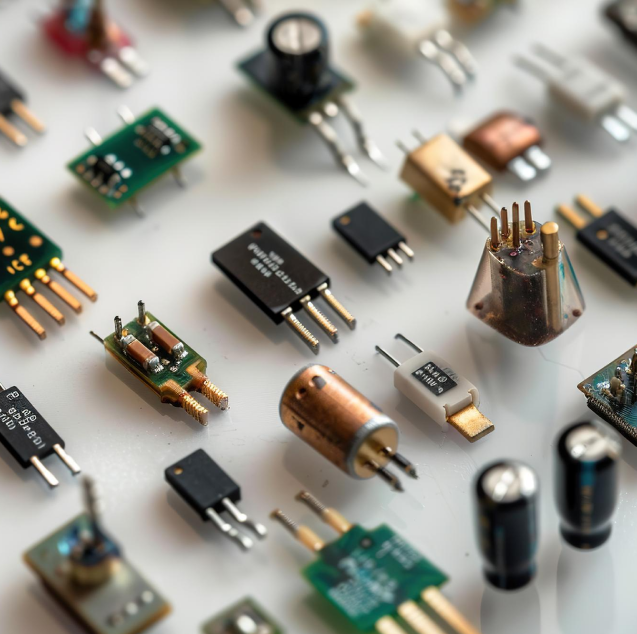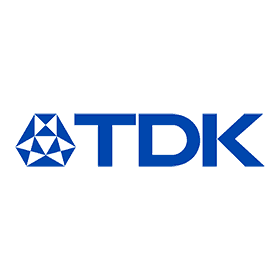Why Invest in Electronic Components Manufacturing
-
India’s economic growth
India is the world’s fastest-growing major economy, with strong household consumption and public investment in infrastructure.
-
Expanding Market
The electronics market in India is expanding due to rapid urbanization, rising disposable incomes, and digitalization efforts across sectors.
-
Robust ecosystem
India’s diverse and huge talent pool and the presence of global companies in the tech, component manufacturing, and automobile industries are significant demand drivers.
-
Policy incentives
The presence of PLI and other schemes to boost domestic manufacturing.

Incentives & Schemes
-
Scheme for Promotion of manufacturing of Electronic Components and Semiconductors (SPECS)

























